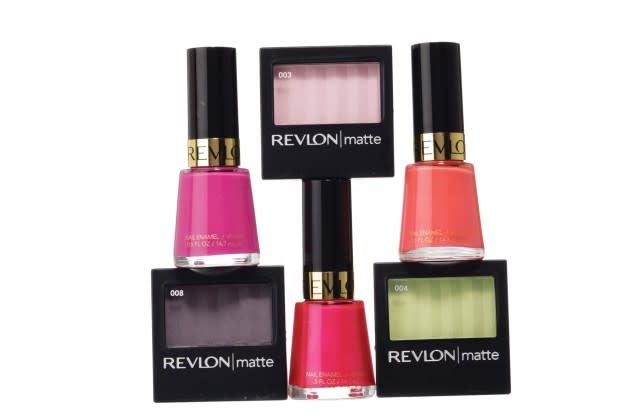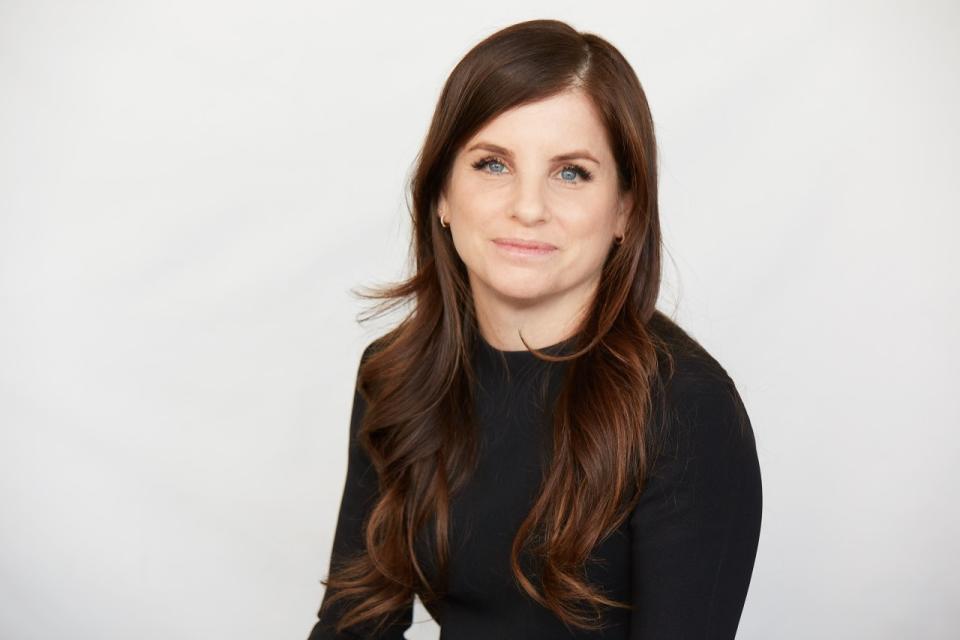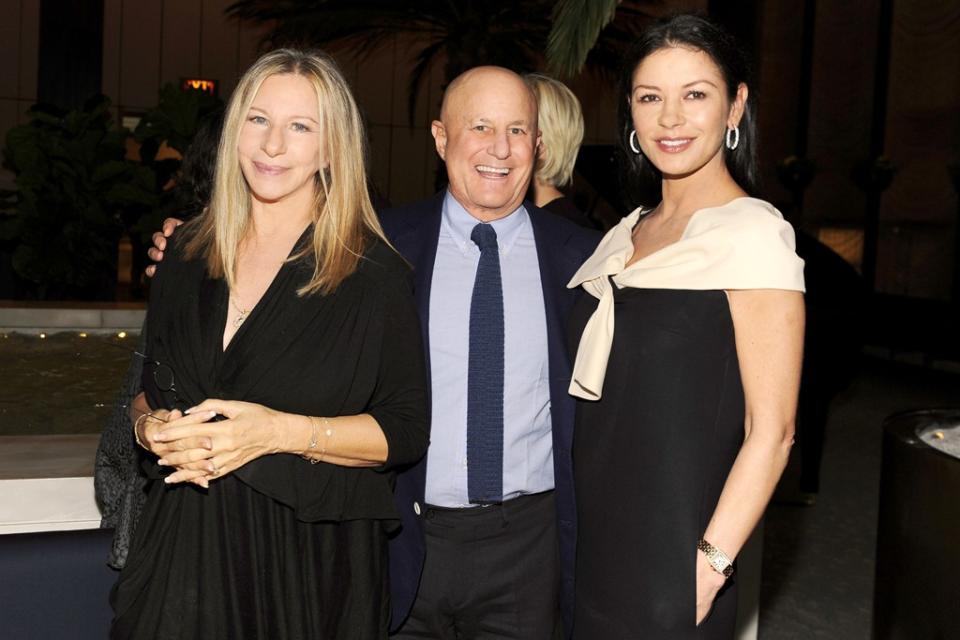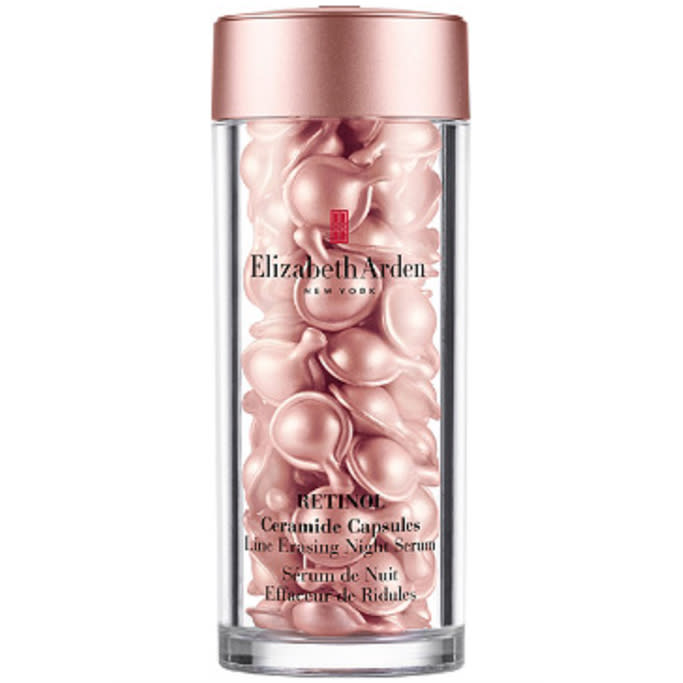Can Revlon Regain Relevance as It Exits Bankruptcy?
- Oops!Something went wrong.Please try again later.

It’s official — Revlon is out of bankruptcy, and Ronald Perelman is out of Revlon.
“I’m sure there will be plenty of changes. Ronald no longer holds the keys,” said one industry source, speculating about Revlon’s post-bankruptcy life.
More from WWD
Perelman had helmed Revlon since the ’80s as majority owner and chairman, wielding decades of control over a once-powerful beauty brand that for years urged women to “be unforgettable.”
Now, Revlon’s got to take that mission to heart as it emerges into a beauty market chock-a-block with celebrity and influencer brands, as well as dominant conglomerates, including L’Oréal.
The business emerged from Chapter 11 bankruptcy after just under a year Tuesday, with a new owner, new board and billions less in debt. That combination could work, but market sources stress the business needs to focus on making innovative products for its consumers.
Changes are already afoot. Instead of Perelman, Revlon’s lenders, including affiliates of Glendon Capital Management, King Street Capital Management, Angelo Gordon & Co., Antara Capital, Nut Tree Capital Management, Oak Hill Advisors and Cyrus Capital Partners, now collectively own more than 80 percent of Revlon’s reorganized equity. On behalf of the group, Noah Charney, managing director at King Street Capital Management, said: “We are proud to serve as stewards of this storied American business and support the company as it embarks on its path to sustainable, profitable growth.”
Without the crippling pressure of sky-high repayments on its $3.7 billion debt thanks to a bankruptcy judge-approved deal with lenders which reduced the hefty bill and led to Perelman’s exit, Revlon will once again get a chance to gain back some market share — but it will have to work fast to make an impact.
“We’ll have to give it a year plus to see what happens, I would say,” said Jonathan Pasternak, a partner in the bankruptcy law practice at Davidoff Hutcher & Citron. “The good news is that the debt that remains for the company is all at manageable rates. There’s uncertainty, but hope. If it doesn’t work out then the company will be sold.”
The private company, called Revlon Group Holdings LLC, now has debt of around $1.5 billion.

For it to claw back market share, big changes will need to happen, multiple sources told WWD. While there were a few raised eyebrows in the beauty industry that Debra Perelman, Ronald Perelman’s daughter, remains president and chief executive officer, some change arrived to Revlon Monday when a new board was unveiled. WWD had previously reported that it was gearing up to unveil a new chair.
After approaching multiple executives in both the beauty and apparel sectors, Revlon announced Elizabeth A. Smith as executive chair Monday. Smith is the former executive chairman and CEO of restaurant chain operator Bloomin’ Brands Inc., former chair of the Federal Reserve Bank of Atlanta, and former president of Avon Products. She also has a 14-year stint at Kraft Foods under her belt.
Joining her as new members of the board are Martin Brok, former global president and chief executive officer of Sephora, who was in and out of that job in less than two years; Timothy McLevish, former chief financial officer at Walgreens Boots Alliance Inc., Kraft Foods Group Inc. and Ingersoll-Rand Corporation; Hans Melotte, former president of Starbucks’ global channel development and former chief procurement officer at Johnson & Johnson; and Paul Pressler, current chairman of the board of directors of eBay, former chief executive officer of Gap and former chairman of Walt Disney Parks and Resorts.
It’s a group Debra Perelman said, in a statement, is “for the benefit of all our stakeholders” and “a testament to the strength of our brands and future growth potential of the company.”
“Upon emergence, we will have the capital structure and financial resources necessary to invest for the future, serve our loyal customers with high-quality beauty products they know and love and introduce our beloved brands to the next generation of Revlon consumers around the world,” Perelman continued.
Smith said she was “confident that today’s milestone is only the beginning of Revlon’s bright future. While honoring the company’s legacy, I look forward to working alongside the management team and my director colleagues to usher in a new era, execute against the significant opportunities ahead and deliver enduring value to all Revlon’s stakeholders.”
Revlon’s new board has several corporate heavy-hitters — but they don’t have an overwhelming amount of experience in the beauty trenches.
Smith was president of Avon for five years and is known for her turnaround capabilities, while Brok briefly helmed Sephora.
One industry source questioned the amount of beauty brand-building acumen, let alone rebuilding experience, Revlon’s new board members have.
WWD also understands that the company has struggled to poach talent from its competitors as it looks to build out its executive team post-bankruptcy and knows of one seasoned beauty executive who turned down the executive chair role.
Those types of beauty-specific executives are paramount to Revlon’s rebuilding mission, according to industry consultant Allan Mottus, whose book, “Fashion Paranoia: Down & Up Beauty’s Rabbit Hole,” discusses Revlon’s history. “Everybody thinks they know a lot about beauty until they get there,” Mottus said.
But executives at post-bankruptcy Revlon may find themselves with easier decision-making processes now that Ronald Perelman is out, Mottus said.

“One person said to me dealing with Ron Perelman is like having tooth work done every day so he was no real help there,” he said, noting that Revlon has long had a revolving door of CEOs. Before Debra Perelman, who joined in 2018, there was Fabian Garcia, now president of Unilever personal care, who lasted two years; before that there was Lorenzo Delpani who lasted around three years, and before that, there was Alan Ennis who lasted roughly four years.
Ron Perelman had been the majority owner of Revlon since the mid-’80s, gaining control via a hostile takeover through his company MacAndrews & Forbes. He took Revlon to new heights in the ’80s and ’90s, when he used the brand to catapult himself into the worlds of society, fashion and Hollywood by tapping such faces as Cindy Crawford, Christy Turlington, Jerry Hall and more. At one point, Revlon even sponsored the Oscars. But in 2020, the good times came to a halt as the COVID-19 pandemic significantly worsened the company’s issues and he revealed that he’d been selling off assets, including a tony Hamptons abode, two jets, a Miró and a Matisse.
While Revlon has struggled under a hefty pile of debt in recent years, it still has a sizable business. The company placed 23rd in Beauty Inc.’s Top 100 biggest beauty manufacturers, clocking in around $2 billion in sales in 2022. The Revlon brand’s net sales were $544.9 million in the nine months ended Sept. 30, up 4.4 percent year-over-year, while Elizabeth Arden net sales were $347.7 million, down 3.3 percent. Portfolio net sales were down 12.6 percent at $268.4 million, and fragrance net sales were 16.4 percent lower at $229.6 million.

“They still have some incredible brands like Elizabeth Arden and frankly their intellectual property/brands are probably worth a lot,” said Pasternak. “The brands will survive. And the company’s been given a real chance to reverse all their past failures, which were mostly financial related. They just had too much debt, COVID[-19] screwed them up on many levels. Their supply chain was affected.”
Now, as the company gears up to tackle its hefty post-bankruptcy to-do list, R&D should be at the top, said Andrew Csicsila, North America leader of the consumer products practice at Alix Partners, to lure back customers who switched allegiances to brands like Kylie Cosmetics, Rihanna’s Fenty Beauty and more recently E.l.f., which is in the middle of a resurgence, buoyed by its social media strategy and product innovation. The latter ended last year with a bang, ringing in its 16th consecutive quarter of sales growth and enabling it to once again raise its full-year outlook.
Revlon’s lack of innovation is what most experts have pinpointed as its biggest roadblock, leading it to lose shelf space in major chains.
“Revlon still has a very powerful brand, but there’s a lot of power players in the industry so Revlon will have to figure out where they’re going to put their dollars,” Csicsila said. “Now that they have more cash, they have a little bit more freedom and more confidence in the market to allow them to negotiate with their suppliers and vendors and customers so that’s ultimately going to help them out.”
He stressed, though, that when they go out to new markets and new channels that they don’t just flood it with any product that they have. “They have to be very targeted with new [stock keeping units] and products that they introduce and that ties back to R&D …innovation is really key in this market because there are a ton of new entrants daily, so there’s a lot of pressure.”
What exactly the 91-year-old company plans to churn out to compete remains to be seen. But whatever it does, it needs to be unforgettable.
Best of WWD

